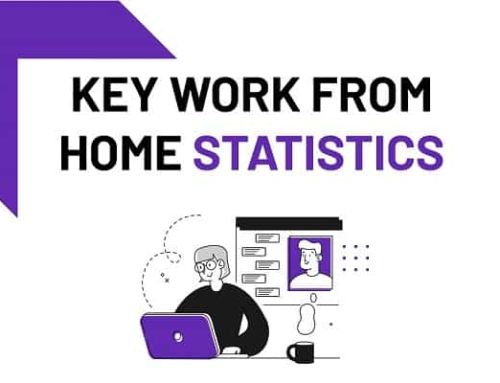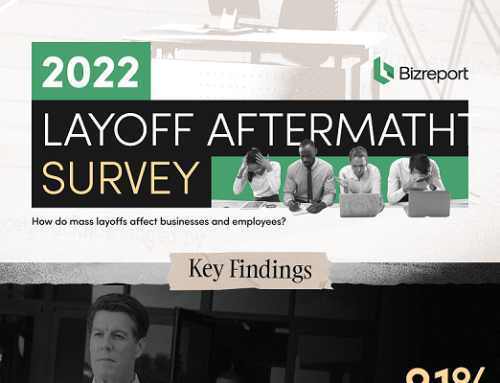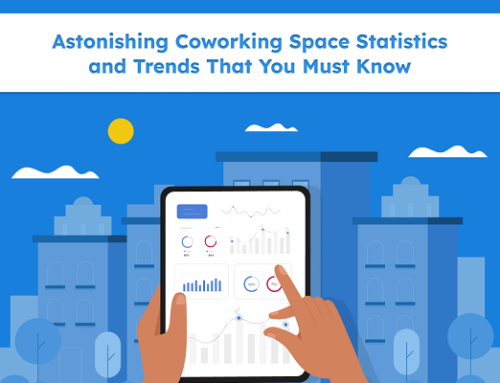A diverse world should have mixed workplaces — but not all businesses agree. Or, even if the leadership agrees philosophically, they struggle to practically implement the idea. While hiring for diversity and inclusion would ideally be a no-brainer, some companies need a little convincing to see the value of pursuing and making the most of a multi-faceted team. As an HR leader, you can do something about this by communicating the benefits of diversity, as well as providing your business with practical ways to better recruit and interview with inclusion in mind.
What Is Workplace Diversity?
Step one in moving your business toward greater diversity is understanding the term. Despite its status as a buzzword today, diversity still confuses many. Here’s what it is: bringing together people with different characteristics, personalities and skills. Most typically, diversity refers to the combination of workers of different races, genders, ages, ethnicities, etc.
What Is Workplace Inclusion?
To many, even more confusing than the idea of diversity is inclusion, which essentially means including every member of a team and making available the same possibilities to everyone. Even if you get a group of dissimilar people together, you won’t reap the maximum benefits until everyone has equal opportunities during hiring, management, evaluations and promotions. Do minorities get the same chances as others in your company? Fostering an inclusive workplace means trying to make the answer, “yes.”
Challenges to Diversity and Inclusion in Business
One of the challenges in fostering a more diverse, inclusive workplace, especially if it’s for the first time, is pushing against the norm and moving toward change. It’s true that when everyone looks, talks, acts and thinks alike, there’s a certain familiarity about a business environment. This can be hard for employees to lose. Also, once you do get everyone on board with a more diverse workplace, even then the job is not done. Inclusion means giving everyone the same opportunities, and this takes effort.
Benefits of Creating a More Diverse, Inclusive Workplace
The truth is, homogenous workplaces tend to yield lower levels of creativity and innovation. It’s hard to think outside the box when no one’s challenging the status quo. Without a broad mix of ethnicities, genders, ages, educational backgrounds, cultural experiences and languages, companies can easily underperform and grow stagnant. By pushing toward a more diverse, inclusive company environment, everyone benefits in the long run.
Here are some benefits that create a cause for seeking more diversity and inclusion in the workplace:
- More perspectives from which to draw
- The creativity that comes from putting diverse individuals together
- Better business decisions
- Attracting top talent, as more than half of job seekers want a diverse workplace
- Attracting consumers that care about a company’s diversity
Prioritizing a diverse workforce directly correlates to improved organizational performance and better business results. More perspectives can mean additional opportunities — for creativity, ingenuity and more.
How to Foster a Corporate Culture of Diversity and Inclusion
There are many ways a company can take steps toward a more equitable workplace. To give you some starting points to consider, here are several examples:
- Make diversity and inclusion company values.
- Set goals for diversity hiring and metrics.
- Expand where you search for recruits.
- Use a diverse group of interviewers.
- Use the same criteria to evaluate all candidates.
- Encourage minority employees to make referrals.
For more information on creating a thriving workplace culture, take a look at the attached resource. It highlights much of the information provided above, as well as some hard-to-ignore statistics about the benefits available through caring about equality as a business.
Author bio: Goodwill Car Donations is a national organization that accepts vehicle donations. It is committed to providing disadvantaged individuals with job training, employment services and critical community-building support.





Leave A Comment